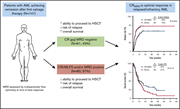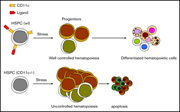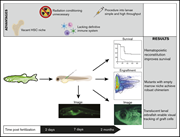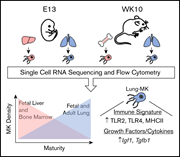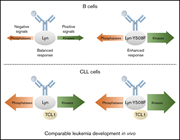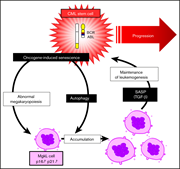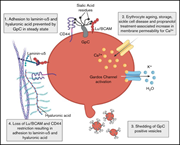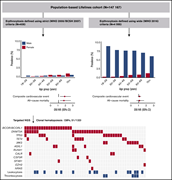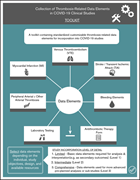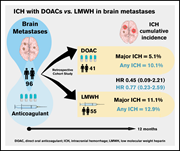Issue Archive
Table of Contents
EXCEPTIONAL CASE REPORT
Gardos channelopathy: functional analysis of a novel KCNN4 variant
Clinical Trials & Observations
STIMULUS REPORTS
IL-6 levels are dramatically high in the sputum from children with sickle cell disease during acute chest syndrome
Clinical Trials & Observations
CLINICAL TRIALS AND OBSERVATIONS
Biomarker-guided preemption of steroid-refractory graft-versus-host disease with α-1-antitrypsin
Clinical Trials & Observations
Prognostic impact of complete remission with MRD negativity in patients with relapsed or refractory AML
Clinical Trials & Observations
CAR T cells or allogeneic transplantation as standard of care for advanced large B-cell lymphoma: an intent-to-treat comparison
Clinical Trials & Observations
HEMATOPOIESIS AND STEM CELLS
LYMPHOID NEOPLASIA
Prognostic and predictive performance of R-ISS with SKY92 in older patients with multiple myeloma: the HOVON-87/NMSG-18 trial
Clinical Trials & Observations
MYELOID NEOPLASIA
Genomic heterogeneity in core-binding factor acute myeloid leukemia and its clinical implication
Clinical Trials & Observations
IGFBP7 activates retinoid acid–induced responses in acute myeloid leukemia stem and progenitor cells
PLATELETS AND THROMBOPOIESIS
Pneumolysin induces platelet destruction, not platelet activation, which can be prevented by immunoglobulin preparations in vitro
RED CELLS, IRON, AND ERYTHROPOIESIS
The Gardos effect drives erythrocyte senescence and leads to Lu/BCAM and CD44 adhesion molecule activation
Erythrocytosis in the general population: clinical characteristics and association with clonal hematopoiesis
Clinical Trials & Observations
THROMBOSIS AND HEMOSTASIS
Recombinant porcine FVIII for bleed treatment in acquired hemophilia A: findings from a single-center, 18-patient cohort
Clinical Trials & Observations
Safety and efficacy of rivaroxaban in pediatric cerebral venous thrombosis (EINSTEIN-Jr CVT)
Clinical Trials & Observations
Intracranial hemorrhage with direct oral anticoagulants in patients with brain metastases
Clinical Trials & Observations
TRANSPLANTATION
Intrabone transplantation of CD34+ cells with optimized delivery does not enhance engraftment in a rhesus macaque model
How much has allogeneic stem cell transplant–related mortality improved since the 1980s? A retrospective analysis from the EBMT
Clinical Trials & Observations
Optimizing selection of double cord blood units for transplantation of adult patients with malignant diseases
COMMENTARIES
-
Cover Image
Cover Image
![issue cover]()
COVER FIGURE
Topology diagrams of factor XI dimer interfaces. Factor XI is a dimer with 2 identical subunits that form an interface through their A4 domains. Shown are the interfaces from the crystal structure for human factor XI (one A4 domain in yellow and the other in white) and a predicted structure for duck-billed platypus factor XI (one A4 domain in brown and the other in white). Key residues that form the interface are indicated in green. In factor XI from placental mammals, an interchain disulfide bond (Cys321-Cys321) covalently links the 2 subunits of the dimer. This is a relatively modern feature not found in factor XI from more primitive mammals, including most marsupials and egg-laying monotremes such as the platypus, where an Asp321-Arg325 salt bridge contributes to the noncovalent interactions between the A4 domains. See the article by Ponczek et al. - PDF Icon Front MatterFront Matter
- PDF Icon Editorial BoardEditorial Board
Advertisement intended for health care professionals
Advertisement intended for health care professionals




